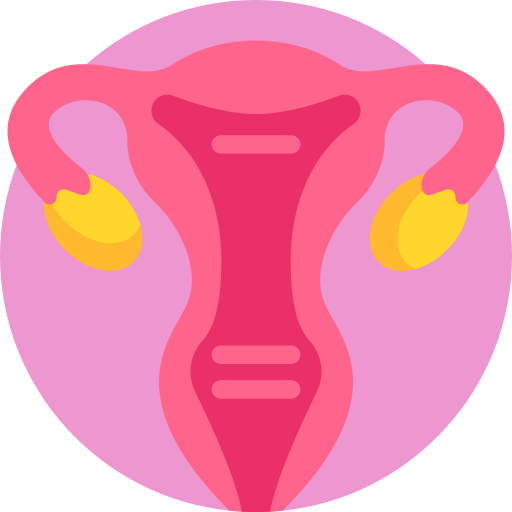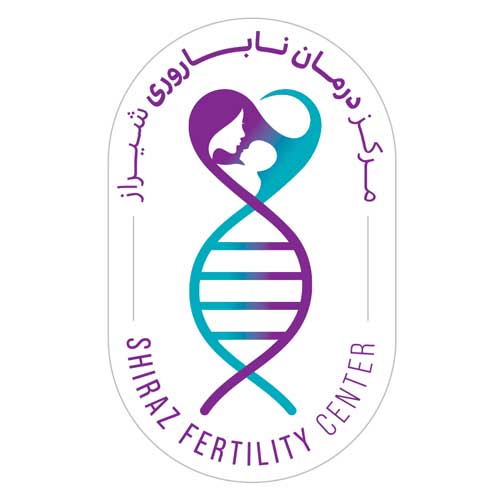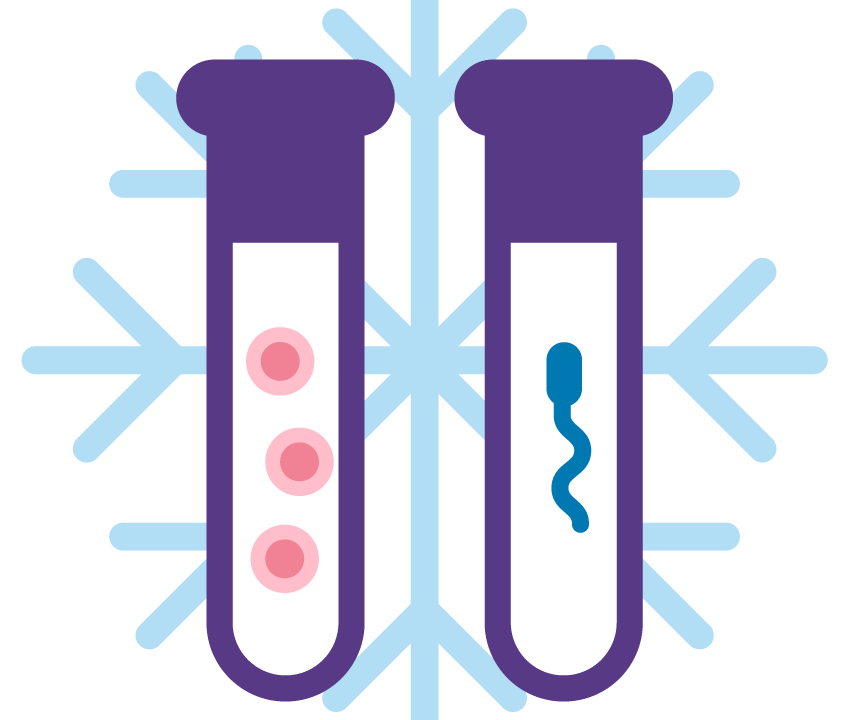
Surrogacy

Semen Analysis
Polycystic ovary syndrome and ART
Polycystic ovary syndrome (PCOS) significantly hinders successful fertility, as anovulation (lack of ovulation) is common in these women. The cornerstone of treatment for this condition focuses on weight control, lifestyle changes, and ovulation induction with clomiphene citrate. The cumulative pregnancy rate with clomiphene after six months of treatment is around 40-50%, and the remaining cases can be stimulated with low-dose gonadotropins. Assisted reproductive technologies are also considered effective methods for achieving pregnancy in these patients. Ovulation induction in PCOS patients requires a different approach compared to women with normal ovaries.

Women with PCOS face a significant risk of ovarian hyperstimulation syndrome and cyst formation. In these patients, a large number of eggs are retrieved, but the fertilization rate is low. There are several explanations for the excessive ovarian response to stimulation in women with PCOS. The number of antral follicles is increased, and a group of antral follicles that are sensitive to exogenous gonadotropins are selected. Anti-Müllerian hormone (AMH), a dimeric glycoprotein produced by granulosa cells of antral and pre-antral follicles, is elevated in women with PCOS.
PCO and egg quality
Women with PCOS who undergo ovarian stimulation for IVF cycles face an increased risk of reduced egg quality, implantation failure, and pregnancy loss. The relationship between PCOS and egg quality remains unclear for several reasons. First and foremost, there are limitations in conducting research on human egg and embryo quality in biomedical science. Second, the microenvironment of each follicle is unique to that follicle and exerts its effects on the developing oocyte within that specific environment.
The third reason is that during IVF, where multiple embryos are transferred to the uterus simultaneously, it is difficult and confusing to investigate the relationships between follicular fluid steroid levels and successful implantation of the corresponding embryo. And finally, obtaining mRNA, proteins, and other molecular components in the human oocyte (especially during early follicular growth) is difficult. Oocyte quality is one of the most important determinants of embryo growth and development. Morphological characteristics of the oocyte can predict oocyte quality, fertilization, and embryo quality. Polycystic ovary syndrome may be associated with poor outcomes in assisted reproductive technologies, but what is currently being debated is whether this is due to a disturbance in oocyte quality.
The defect lies in endometrial receptivity or other factors. Poor egg quality, a result of excessive androgen levels and inherent molecular defects, leads to decreased fertilization and implantation rates in women with PCOS. On the other hand, poor egg quality may be related to abnormal fat metabolism in obese women with PCOS, where higher concentrations of linoleic acid and fatty acids are found in both plasma and follicular fluid and may reduce IVF pregnancy outcomes in these patients. Oxidative stress reactions in granulosa cells in these women are increased up to 20 times, and apoptosis also occurs more frequently in these cells, which can have an adverse effect on IVF success rates.
Due to the varying metabolic disorders among PCOS patients, the effects on egg and embryo quality can differ. In some women with PCOS undergoing ovarian stimulation for IVF cycles, embryo growth is normal and they have a normal pregnancy, while in others, egg growth and development are impaired. Women who are overweight are particularly vulnerable and have lower fertilization rates and a higher incidence of implantation failure.
The impaired egg quality in PCOS patients is linked to abnormal growth and development of follicles. Ovarian androgens, hyperinsulinemia, insulin resistance, and growth factor disturbances affect the interactions between granulosa cells and the egg, disrupting cytoplasmic and nuclear maturation of the egg.
PCO and endometrium
Oligomenorrhea is the most common manifestation in women with chronic anovulation. However, it should be noted that many women with chronic anovulation experience amenorrhea or dysfunctional uterine bleeding, and some even have regular menstrual cycles. PCOS is usually accompanied by irregular menstruation, oligomenorrhea, or amenorrhea. Chronic anovulation, obesity, and hyperinsulinemia are all associated with an increased risk of endometrial cancer. The likely mechanism for the development of cancer is related to the constant and uninterrupted estrogenic stimulation of the endometrium, which creates a background for abnormal growth patterns of the endometrium
In women with PCOS who experience infrequent or absent ovulation, the regulatory role of progesterone is either absent or less than optimal. As a result, the growth and differentiation of the endometrium is influenced by excessive androgens, insulin, and estrogen (without the counterbalancing effects of progesterone). The endometrium fails to undergo the secretory phase, and due to the continuous stimulatory and mitogenic effects of estradiol, unpredictable bleeding, hyperplasia, and endometrial cancer can occur. Overall, the risk of developing endometrial cancer may increase up to threefold. Consequently, in individuals with long-standing anovulation, endometrial biopsy to rule out endometrial hyperplasia is a suitable measure.
The endometrium of women with PCOS is considered a model of dysfunctional endometrium. Compared to normal women’s endometrium, it exhibits overexpression of androgen receptors and dysregulation of estrogen receptors. Some studies suggest that endometrial tissue, in addition to cellular proliferation, differentiation, and response to biological stimuli, can be influenced by other factors such as cytokines and growth factors, leading to poor fertility outcomes. Women with PCOS have irregular expression of endometrial receptivity markers, with studies showing decreased expression of integrins α5β3, HOX genes 10 and 11, and insulin-like growth factor binding protein-1 (IGFBP-1) during the secretory phase.
Impaired endometrial receptivity seems to be the primary limiting factor for achieving pregnancy in a large number of women, including those with PCOS. Therefore, treatment methods have been directed towards improving implantation rates. Oral contraceptive pills (estrogen-progestin) are the most common treatment for menstrual disorders associated with chronic anovulation because they induce regular menstrual cycles, reduce the excessive growth of the endometrium, prevent dysfunctional uterine bleeding, and reduce the risk of endometrial hyperplasia and neoplasia.
Source: Clinical Approaches to Infertility in Reproductive Biology
Also read:



